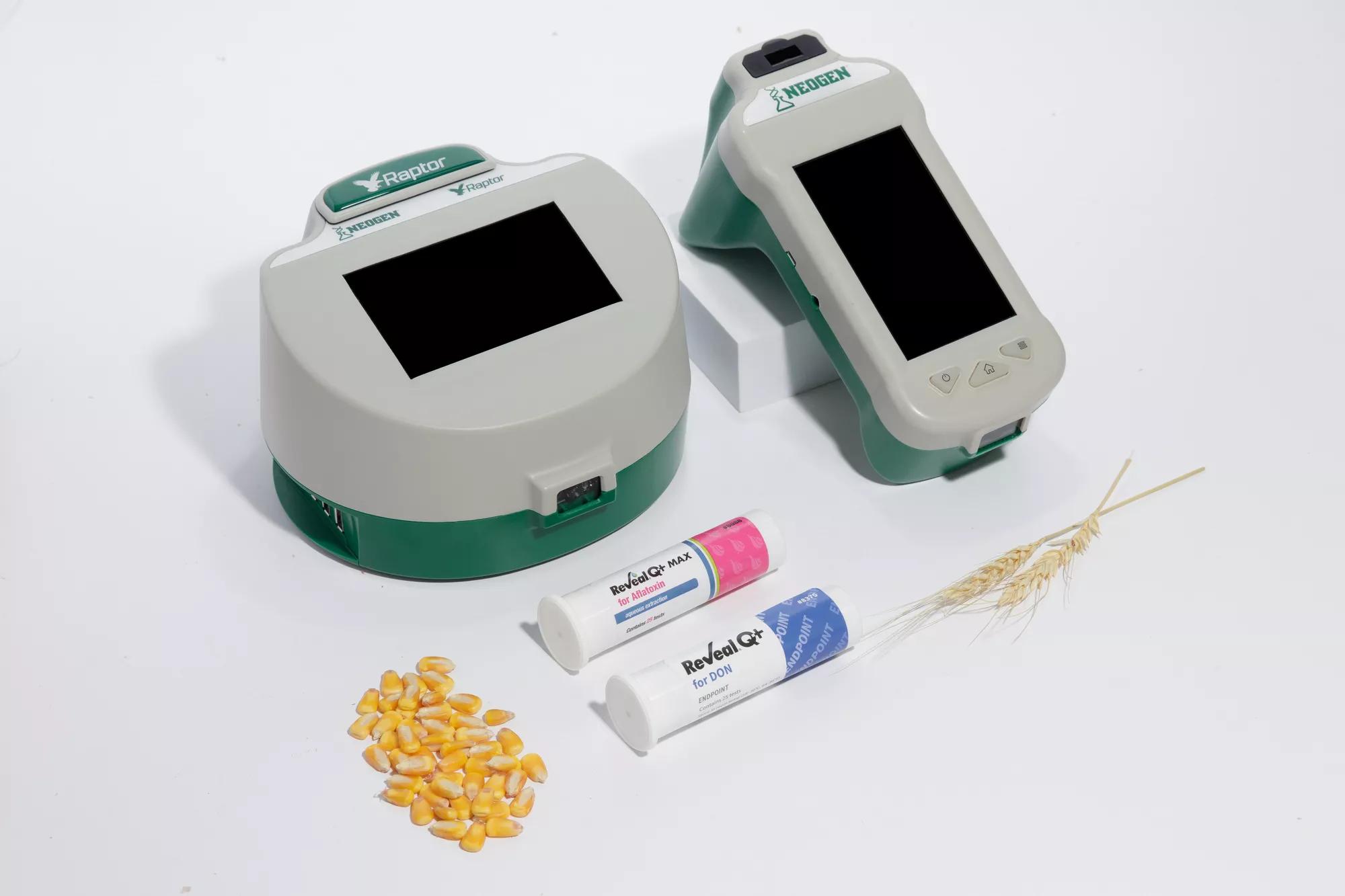Comprehensive Solutions for Your Mycotoxin testing Services Requirements
Comprehensive Solutions for Your Mycotoxin testing Services Requirements
Blog Article
How Mycotoxin Screening Assists Protect Against Contamination and Guard Food Materials

Mycotoxin screening is a vital method in the food market, serving as a frontline protection against contamination by damaging toxins produced by mold and mildews. Through the application of sophisticated methods like High-Performance Liquid Chromatography (HPLC) and Fluid Chromatography-Mass Spectrometry (LC-MS), food manufacturers can accurately quantify and discover mycotoxin levels in agricultural products.
Comprehending Mycotoxins
Understanding mycotoxins starts with identifying that they are toxic additional metabolites produced by specific molds, which can pollute agricultural products. These metabolites are not important for the development or recreation of the fungi yet can have serious ramifications for animal and human wellness. Mycotoxins are generally found in staple plants such as corn, wheat, barley, and nuts, where they can proliferate under certain conditions of moisture and temperature.
There are numerous types of mycotoxins, each created by various fungal types. Fusarium species produce trichothecenes and fumonisins, both of which are linked with numerous acute and chronic wellness issues.

Risks of Mycotoxin Contamination
The dangers of mycotoxin contamination are complex, posturing significant threats to both food security and public wellness. Mycotoxins, poisonous substances created by particular types of fungis, can pollute a wide variety of agricultural items consisting of cereals, nuts, spices, dried out fruits, and coffee. Once these contaminants penetrate the food supply, they can lead to major wellness concerns such as liver damage, kidney failing, and even cancer cells. Vulnerable populations, including children, the elderly, and immunocompromised individuals, are particularly at threat.
Financial influences are an additional significant worry. Contaminated crops can result in significant financial losses for farmers and food manufacturers because of lowered yields and the requirement for expensive purification steps. Worldwide trade can be dramatically hindered as countries impose stringent mycotoxin guidelines to safeguard their populations, leading to rejected shipments and strained trade relations.
Ecological aspects such as climate change aggravate the danger of mycotoxin contamination. Variants in temperature level and moisture can produce positive problems for fungal growth, increasing the probability of contamination events. Thus, understanding and mitigating these threats are essential for making certain the safety and security and stability of global food products.
Approaches of Mycotoxin Checking
Accurately identifying mycotoxin contamination in farming items is essential for guarding public health and wellness and keeping food security requirements. Different techniques are employed to spot and quantify mycotoxins, each offering particular benefits and constraints.
High-Performance Liquid Chromatography (HPLC) is a commonly used method as a result of its high sensitivity and precision. It involves separating mycotoxins from various other substances in a sample, enabling accurate metrology. Liquid Chromatography-Mass Spectrometry (LC-MS) integrates liquid chromatography with mass spectrometry to provide comprehensive molecular info, making it particularly helpful for identifying several mycotoxins all at once.

Gas Chromatography-Mass Spectrometry (GC-MS) and Thin-Layer Chromatography (TLC) are likewise used, each with distinct applications. GC-MS works for volatile mycotoxins, you could look here while TLC provides a simpler, affordable alternative for preliminary screening.
Benefits of Normal Evaluating
Regular testing for mycotoxins in farming products offers numerous advantages, considerably contributing to public health and food safety and security. By determining contamination early, routine screening aids stop the distribution of poisonous foods, therefore decreasing the danger of mycotoxin-related health problems amongst consumers. This aggressive technique not just safeguards human wellness however also enhances the total high quality of food materials.
Different countries and areas have established strict limitations for mycotoxin degrees in food and feed. Adhering to these limits via routine screening makes certain that suppliers and manufacturers fulfill lawful standards, thereby avoiding penalties and profession obstacles.
Furthermore, normal mycotoxin testing can bring about significant page financial benefits. Early detection of contamination permits for timely intervention, reducing potential losses from prevalent contamination. Applying routine testing protocols can additionally reduce recall costs and associated liabilities, which can be economically devastating.
In addition, regular screening offers useful data that can inform better farming methods and storage problems. By comprehending patterns of contamination, producers can take on preventive steps, thereby contributing and minimizing future dangers to the sustainability of the food supply chain.
Implementing Testing Procedures
Implementing efficient mycotoxin testing protocols is crucial for ensuring the security and quality of agricultural products. Each stage must be inspected to pinpoint where mycotoxin contamination is most likely to occur.
As soon as important control factors are identified, selecting suitable screening techniques is crucial. Typical methods consist of enzyme-linked immunosorbent assay (ELISA), high-performance liquid chromatography (HPLC), and mass spectrometry (MS) Each technique has its weaknesses and strengths; thus, selecting the appropriate one relies on the particular mycotoxin being examined, the called for sensitivity, and offered resources.

Last but not you can try these out least, integrating the testing methods into a comprehensive food safety management system is a good idea. This improves traceability and enables speedy rehabilitative activities when contamination is discovered, consequently securing the integrity of the food supply chain.
Verdict
Mycotoxin screening is important in preventing contamination and securing food supplies by making it possible for early discovery of damaging toxic substances produced by molds in farming products. Regular testing enhances brand name credibility, monetary stability, and trust in food security by decreasing contamination-related losses and preserving high requirements in food production.
Mycotoxin testing is an important method in the food industry, serving as a frontline defense versus contamination by hazardous toxic substances created by molds. An incorporated technique entailing agricultural techniques, storage monitoring, and regular testing can reduce the dangers associated with mycotoxin contamination, ensuring food safety and security and public health and wellness.
The threats of mycotoxin contamination are diverse, presenting considerable threats to both food security and public wellness.Normal testing for mycotoxins in farming items uses numerous advantages, substantially adding to public health and food security.Mycotoxin screening is crucial in preventing contamination and securing food materials by allowing very early detection of damaging toxins generated by mold and mildews in farming items.
Report this page